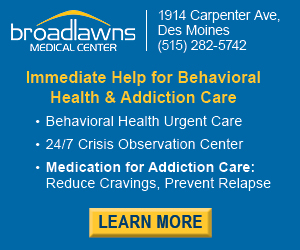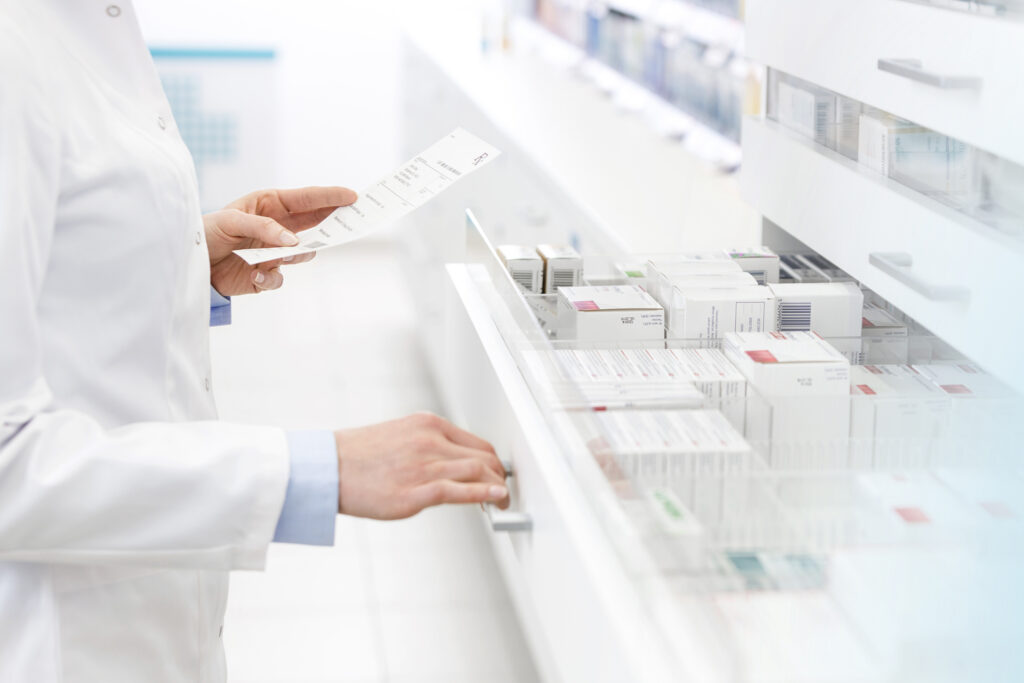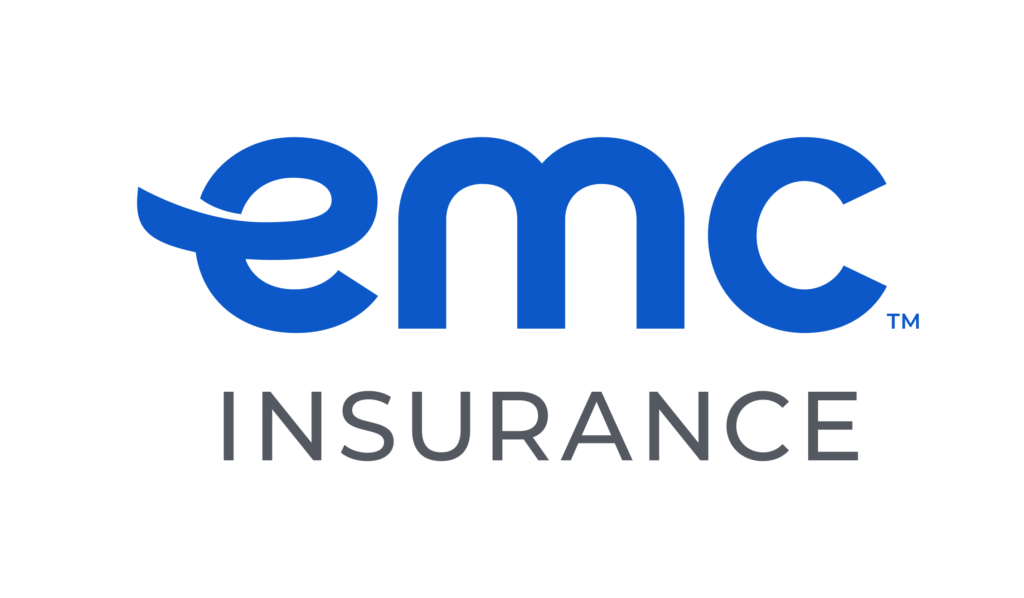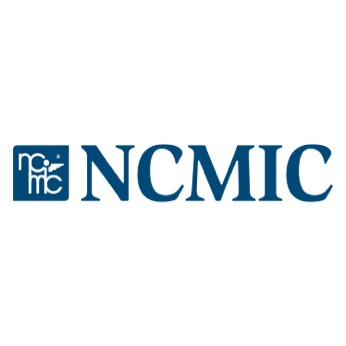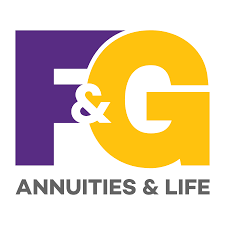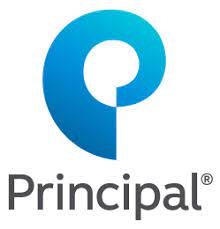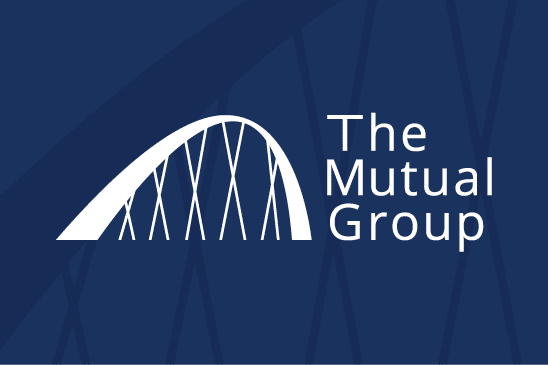BERKO: Drug stocks look fairly safe

Dear Mr. Berko:
I have an $82,000 lump-sum payment coming to me from a buyout of a company I’ve worked for since 1982. I’d like to beat the market but keep my risks low while doing it. I was thinking about investing in the drug sector, because (according to a financial article) drug stocks could outperform the market in the coming five years. If you were a conservative investor, which drug stocks would you buy?
P.L., Cincinnati
Dear P.L.:
The only metric that consistently outperforms the market is taxes. I also think the drug sector can outperform the market … and I also think that maybe it can’t. Most of these drug companies have lost patent protection on important drugs in their portfolios and have been railing against the invasion of generics for the past decade.
The industry’s “timeliness” ranking is relatively flat, but I think this could finally be a good entry point for a medium-term conservative investor. The following portfolio yields a solid, safe 4.2 percent, and dividends should grow modestly over the coming years. If you reinvest those dividends each quarter, and the value of the underlying seven drug issues appreciates just 3 percent annually, you may earn a sweet 7 percent average annual total return with little risk.
Bristol-Myers Squibb Co. (BMY-$32.23) is a fine issue for investors seeking good dividend income and moderate principal growth. This $21 billion-revenue company with a superb drug pipeline should grow revenues about 7 percent and earnings about 8 percent annually for the next four to six years. BMY’s $1.36 dividend yields 4.2 percent and could be raised nicely in the coming few years.
GlaxoSmithKline plc (GSK-$44.26) is a world-class major pharmaceutical company with $45 billion in revenues. The $2.65 dividend yields 6 percent and will probably be raised in each of the coming four to six years. .
Eli Lilly and Co. (LLY-$38.82) is a $22.5 million pharmaceutical company that might report declining revenues and earnings in the coming three to four years. Though the current $3.90 per-share earnings could drop to $3, the $1.96 dividend, which yields a solid 5 percent, should not be affected. With several lucrative patents nearing expiration, management has its hands full. Still, the dividend appears safe.
Merck & Co. Inc. (MRK-$38.22), which took over drug company Schering-Plough a couple of years ago, might see its revenues decline from $48 billion last year to $45 billion and earnings to the $3.60 per share level. Still, the $1.68 dividend, yielding 4.4 percent, is solid. MRK’s huge investment in China and the streamlining of its other foreign operations suggest uncommon near-term benefits.
Novartis AG (NVS-$57.11) is a hugely classy $58 billion-revenue Swiss-based pharmaceutical paying a dividend that has been raised in each of the past 14 years. The current $2.04 dividend yields 3.6 percent. Drug analysts expect annual revenue growth of 5 percent, annual earnings growth of 4 percent, and annual dividend growth of 6 percent.
Pfizer Inc. (PFE-$21.22), with $68 billion in revenues, is perhaps the largest drug company in the world. It believes that by 2017, its revenues can be $72 billion, that earnings can grow to $2.10 per share from today’s $1.30, and that its 88-cent dividend, now yielding 4.1 percent, will improve to $1.12 a share. Increased generic competition will weigh mildly on performance.
And finally, Sanofi (SNY-$37.33) is the fifth-largest drug company in the world, with $48 billion in revenues. It is expected to continue improving revenues, earnings and dividends for the foreseeable future. The current $1.76 dividend yields 4.7 percent and could be increased to $2.30 in 2017 on higher revenues of $64 billion.


